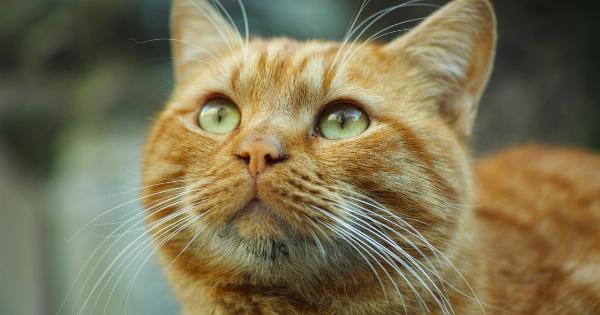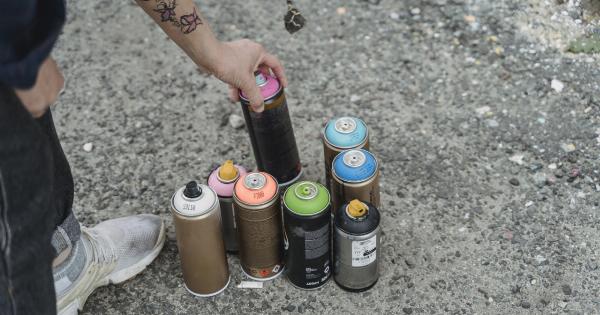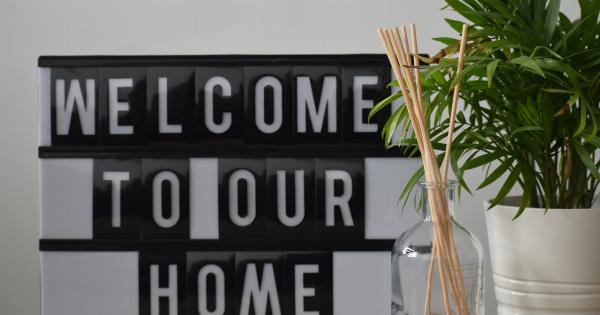The human sensory system is a remarkable thing. From the taste of our favorite foods to the touch of a loved one’s hand, our senses allow us to experience the world around us in vivid detail.
However, one sense that often gets overlooked is our sense of smell. While not as easily described or quantified as our other senses, scent plays a critical role in our everyday lives.
In recent years, advancements in technology have allowed us to explore the world of smells in a whole new way, bringing us closer to truly seeing the smell in technicolor.
The Science of Smell
Before delving into the world of technicolor smells, it is important to understand the science behind our sense of smell. Our sense of smell is the result of olfactory receptors located in our noses.
These receptors detect airborne chemical particles, known as odorants, and send signals to our brain, allowing us to recognize and interpret different smells. Each of us has around 400 different types of olfactory receptors, giving us the ability to detect a wide range of smells.
Smells are incredibly complex and can evoke a wide range of emotions and memories. For example, the smell of freshly baked cookies might remind you of your childhood, while the scent of a particular perfume might remind you of a loved one.
This emotional connection to smells is because the olfactory bulb, which processes smells in our brain, is closely linked to the amygdala and hippocampus, regions of the brain associated with emotion and memory.
The Limitations of Traditional Smell Representation
For centuries, our ability to describe smells has been limited to words and subjective comparisons. We often rely on familiar scents to convey the nature of a smell to someone who hasn’t experienced it.
While this can be effective to some extent, it falls short of providing a true understanding of the intricacies of smells.
Additionally, the vast vocabulary required to describe all the different smells in the world is lacking.
We have words like “flowery,” “earthy,” or “musky,” but these descriptions can be highly subjective and open to interpretation. What might be “musky” to one person could be “woody” to another.
Technicolor Smells: The Intersection of Science and Technology
Recent advancements in technology have allowed us to bridge the gap between the world of smells and the visual realm. Scientists and researchers are now exploring ways to visualize smells, bringing us closer to seeing the smell in technicolor.
The Role of Chemistry
Chemistry plays a vital role in understanding and visualizing smells. By analyzing the chemical composition of odorants, scientists can begin to categorize and classify smells in a more systematic way.
This can lead to the creation of a “smell dictionary” where smells are categorized based on their chemical makeup.
By associating specific visual representations with different smells, we can begin to create a more universal language for smells. Imagine being able to see a color palette or a visual pattern that corresponds to a particular smell.
This would enable us to communicate smells more effectively and accurately.
Synesthesia: The Key to Technicolor Smells
Synesthesia, a condition where one sensory experience triggers another, holds significant potential in the quest to see smells in technicolor.
One form of synesthesia, known as grapheme-color synesthesia, causes individuals to associate specific colors with letters or numbers. Similarly, researchers are exploring the possibility of using synesthesia to link smells with visual representations.
For example, someone with synesthesia might associate the smell of freshly cut grass with the color green. By mapping different smells to colors, researchers hope to create a visual representation of smells that can be universally understood.
The Challenges Ahead
While the concept of seeing smells in technicolor is exciting, it is not without its challenges. Smells are highly subjective experiences, and what might smell pleasant to one person could be repulsive to another.
Creating a universally accepted visual representation of smells will require a great deal of research and experimentation.
Additionally, the sheer number of possible smells in the world poses a challenge. How can we create a visual representation for every conceivable smell? This is where advancements in artificial intelligence and machine learning can play a crucial role.
By training algorithms to associate specific smells with visual patterns, we may be able to create a comprehensive library of technicolor smells.
The Future of Smell Visualization
The ability to see smells in technicolor has the potential to revolutionize various industries. In the field of perfumery, for example, scent creators can use visual representations to communicate their creations more effectively to consumers.
This would enable individuals to have a better understanding of a perfume’s scent before purchasing it, enhancing the overall customer experience.
Furthermore, the medical field could greatly benefit from visualizing smells. Doctors could use technicolor representations to identify specific odors associated with certain diseases or infections, facilitating faster and more accurate diagnoses.
Conclusion
Our sense of smell is a powerful and often underappreciated part of our lives. By exploring the world of smells through the lens of technology, we can begin to see the smell in technicolor.
While this field is still in its infancy, the potential applications and benefits are immense. From enhancing communication to improving medical diagnoses, seeing smells in technicolor has the power to transform how we understand and interact with the scents that surround us.






























